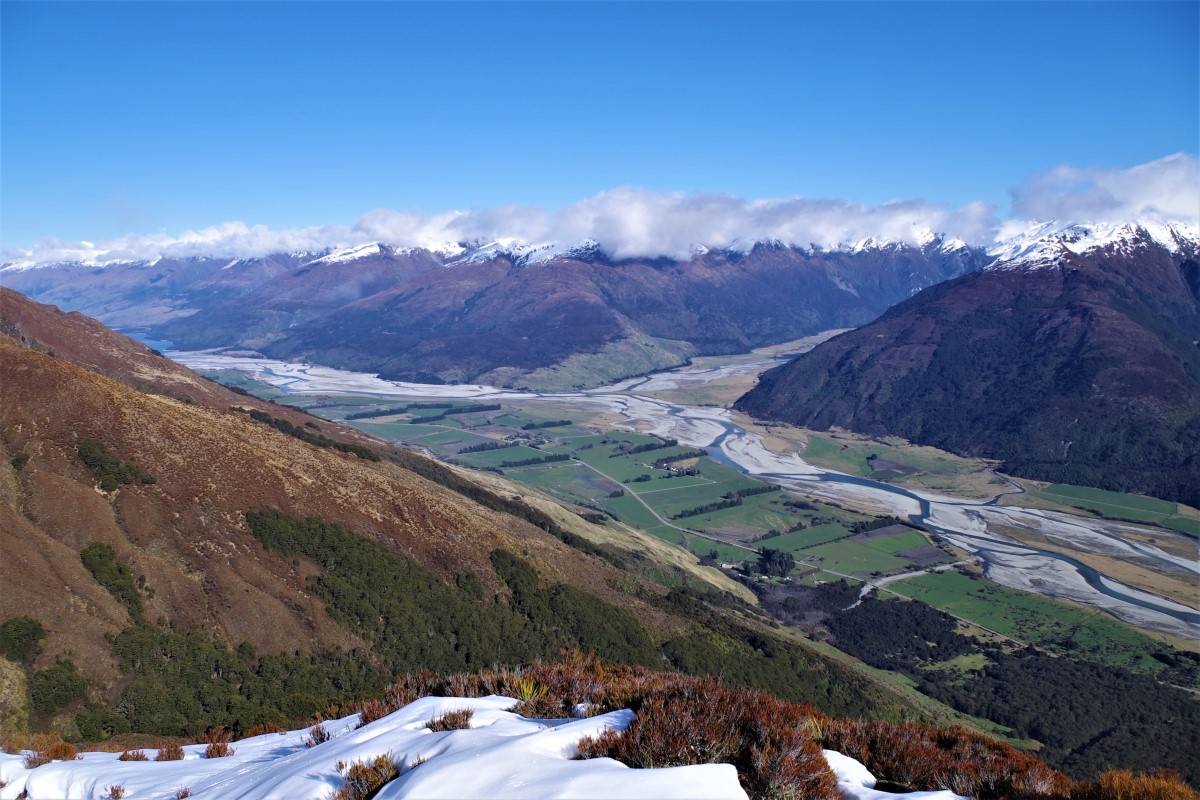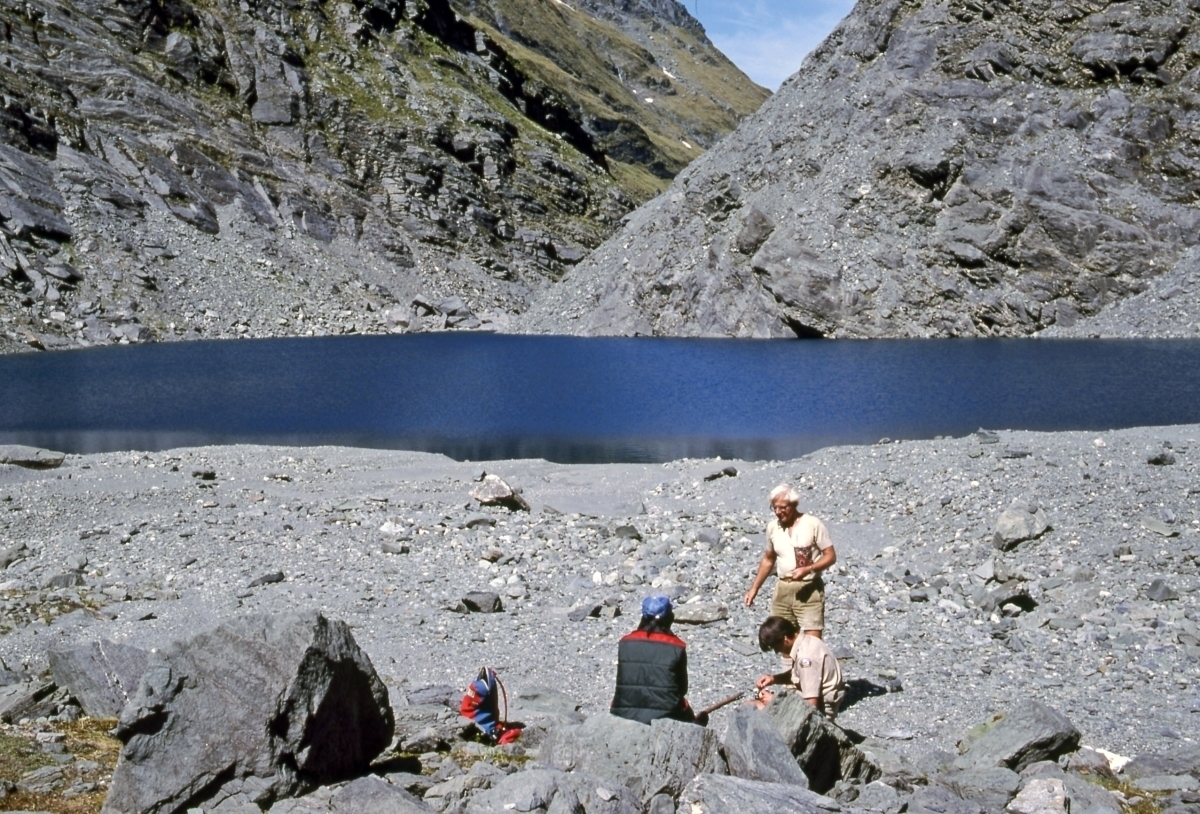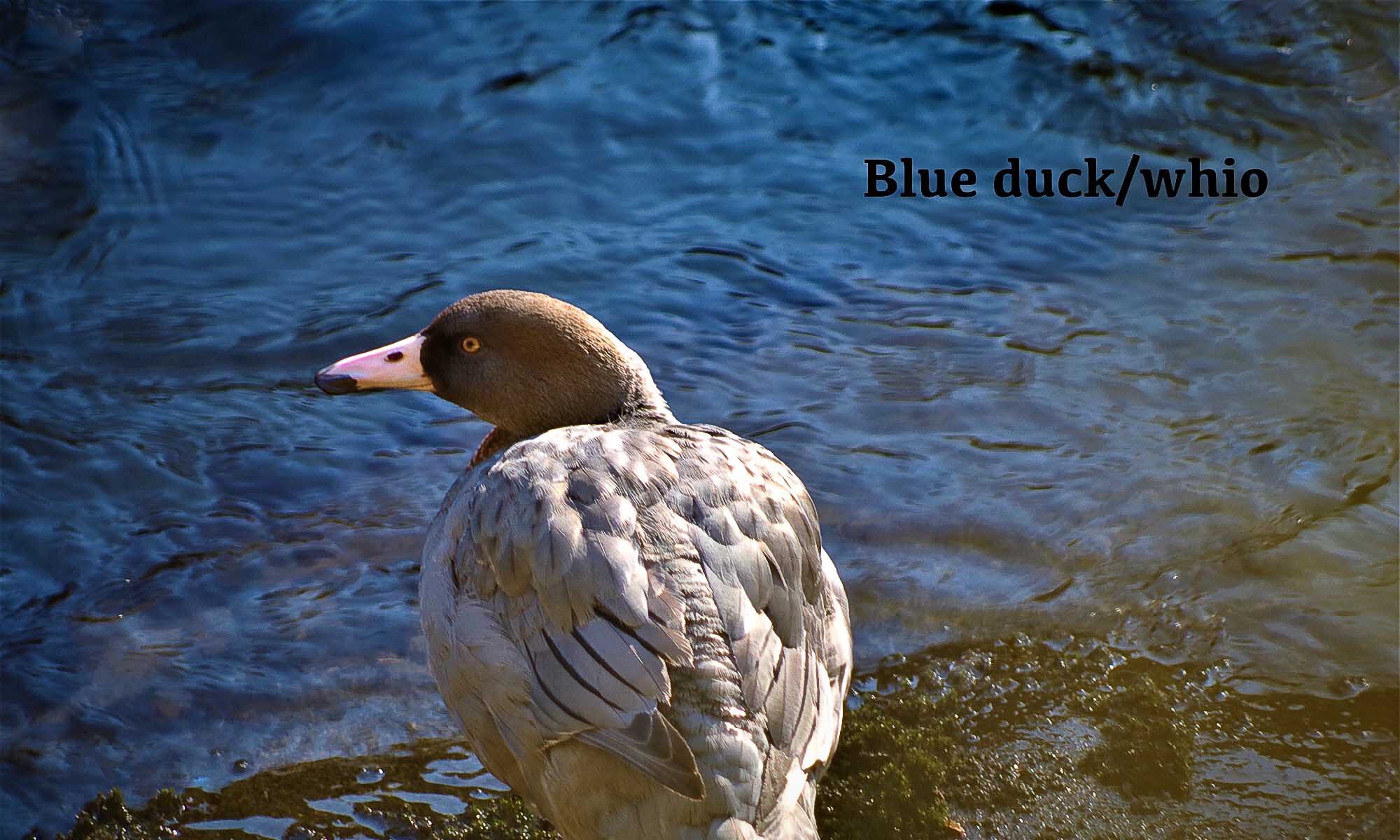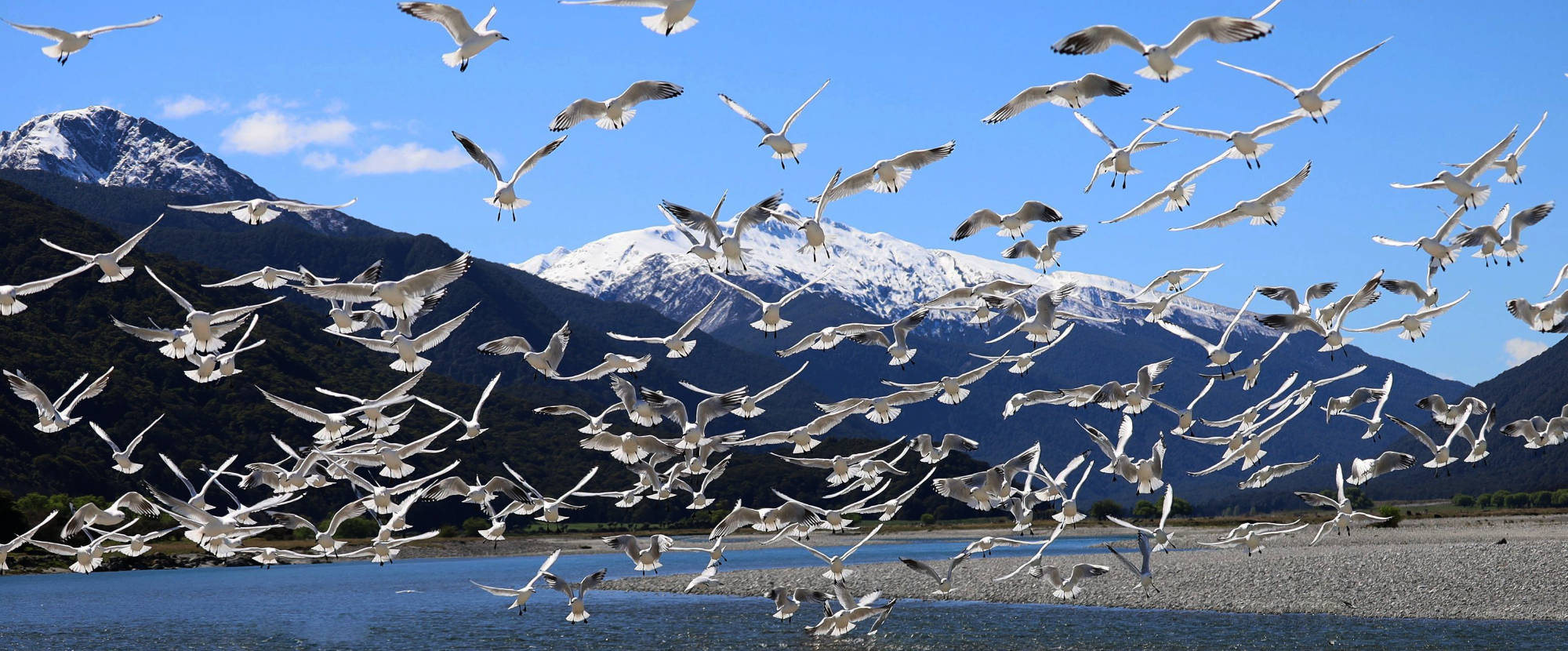The Aspiring Biodiversity Trust (2686932) incorporated under the Charitable Trusts Act 1957 on 8th November 2017. Registered Charity CC55526.
The existence (raison d’etre) of the Aspiring Biodiversity Trust (ABT) is with a view to the protection and enhancement of New Zealands indigenous biodiversity, known by Māori as taonga (living treasure) with a focus on the threatened species and associated habitats of the Makarora region, part of northern Mount Aspiring National Park and peripheral areas.

The significance and precarious wellbeing of the endemic biodiversity within the Makarora area is recognised locally, but perhaps on a national level is not well understood and is understated. An earliest baseline status of birdlife within the Makarora area was provided in the form of survey work by the late Peter Child, undertaken between 1978 and 1984 covering most of the Mount Aspiring National Park area.

The Makarora/Makarore River is historically recorded under the Smith-Nairn Royal Commission of Inquiry into Ngai Tahu land claims (1879) as a kainga mahinga kai where pora (Maori turnip), kauru (cabbage tree root), aruhe (bracken fernroot), weka, kiwi, kakapo, kea, kereru, kaka and tuna (eel) were gathered.
The endemic and now rare kaki (black stilt) was historically present on the Makarora braided river up untill the early 1980’s when the last known pair nested.
Previous efforts to improve the outcomes for endemic biodiversity in the Makarora region have been in the form of limited predator control programmes, largely carried out by volunteers in collaboration with the Department of Conservation (DOC). As a guide to targeting and evaluation of any trapping programmes, species survey data is temporally and spatially sparse. A lack of funding and scientific direction appears to be an impediment to necessary expedient endemic biodiversity protection and enhancement in the Makarora area.
ABT exists as a conduit to help finance, facilitate and deliver necessary scientific based threatened species survey/ monitoring/ evaluation work, extended predator control/threat management programmes and environmental education – promoting endemic biodiversity restoration and enhancement within the Makarora area.
Key attributes underpinning the projected effectiveness of ABT include:
- Location/region specific biodiversity enhancement/restoration objectives; Makarora/Wilkin and immediate surround more specifically defined by “Makarora Catchment Threatened Species Plan (2017 as amended 2018 )”.
- Objectives exclusively of biodiversity protection, restoration, enhancement and promotion.
- Aspiration to be attractive to wide community support and funding from various resources and varied demographic.
- Provision of an inviting conduit for businesses local and distant to positively contribute qualities that demonstrate the importance of considering the natural world i.e. potential acquisition of biodiversity accreditation.
- A highly skilled team, supporting innovators and positive collaborations.



